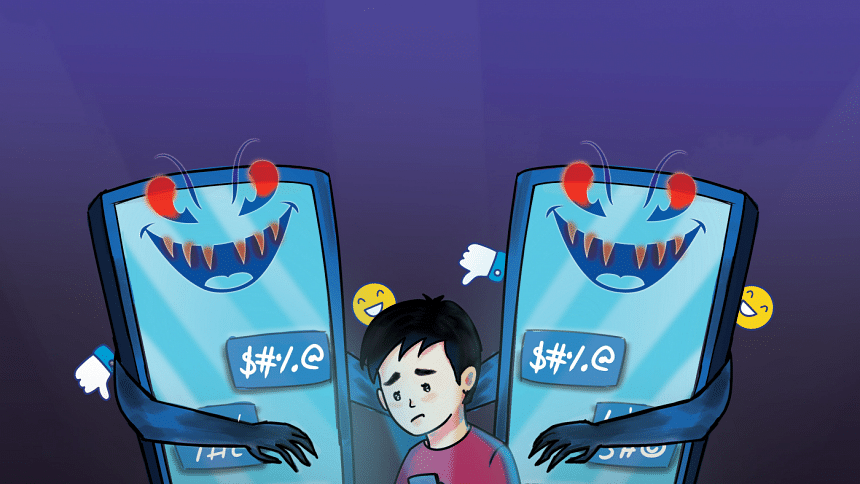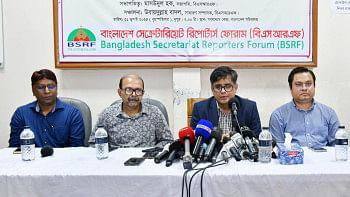Online but unprotected: Why our kids need cyber literacy, not just internet access

In many developing nations, digital access has arrived faster than digital safety. And our children are caught in the middle.
Take Bangladesh, for example. Over 70% of the population is now online, most through mobile phones. The fastest-growing users? Adolescents. They're logging into TikTok, messaging friends, streaming videos and doing all of it without structured guidance on how to stay safe. As of January 2025, 77.7 million individuals in Bangladesh were regular internet users, representing 44.5% of the population
Most parents think cyber awareness just deals with screen time or gaming. It's more than that. It is about grooming, cyberbullying, sextortion, misinformation, and manipulation. A 2019 UNICEF report found that nearly one in three Bangladeshi children aged 10–17 has faced cyberbullying. Yet few schools offer any form of online safety education.
Meanwhile, in digitally mature countries like New Zealand, cyber literacy is embedded in public education, supported by national bodies like Netsafe and protected under legal frameworks like the Harmful Digital Communications Act. In contrast, many schools in the Global South are still struggling to get stable electricity or Wi-Fi, let alone implement a digital ethics curriculum.
The problem: Access without preparedness
In the West, the internet arrived in stages. First desktop, then broadband, then mobile. Families, schools, and laws had time to adapt. In developing countries, especially in South Asia and parts of Africa, the internet arrived all at once. Entire communities went from offline to ultra-connected in less than a decade. But their systems didn't catch up.
The result? Digital exposure without digital readiness.
Children may know how to swipe and click, but they don't know how to recognize manipulation, spot predatory behavior, or protect their privacy. And their parents and teachers, many of whom are themselves first-time users, don't always know how to help.
Why we need cyber literacy frameworks, now
There's no shortage of digital safety programs around the world. Australia's eSafety Toolkit for Schools, the UK's "Education for a Connected World," and UNESCO's Global Digital Skills Framework are strong examples. But most were designed for high-income countries. They assume trained teachers, steady infrastructure, and multi-agency support.
That's not the reality in most low-resource schools in Bangladesh, India, Kenya, or Pakistan. What we need is a digital safety framework that truly fits the realities of where it's being used. It should help children learn to navigate the internet safely and confidently, while also supporting parents and teachers without drowning them in technical jargon. It has to be flexible enough for schools, NGOs, or governments to adopt without needing huge budgets. Most importantly, it must include those who are often left behind like girls, rural kids, and children with disabilities. No one should be left unprotected online.
A personal and professional mission
As a digital parent raising two curious children, I've seen firsthand how fast the internet can expose them to things their minds aren't ready for. As a media mentor who has worked with hundreds of school and university-age contributors, I've heard their stories unfiltered, sometimes frightening, and often hopeful.
Where we go from here
We've handed kids the internet, but not the rulebook. And now they're facing everything from catfishing and sextortion to scams disguised as scholarships and filters that normalize body shame. The response can't be panic or silence. It has to be preparation.
Here's where to start:
- Teach digital safety in schools
- Not once a year but every term, integrated into regular lessons.
- Equip parents and teachers
- If the adults don't understand the platforms, how can they guide?
- Design with youth, not just for them
- Let teenagers help build the tools they'll actually use.
- Localise everything
- A rulebook written for London won't help a kid in Lalmonirhat.
- Create a culture of trust
- If kids are afraid to talk, they'll face digital dangers alone.
If we want to prepare our children for the digital world, we have to go beyond firewalls and filters. We need to give them the critical thinking tools to spot danger, the emotional language to ask for help, and the social understanding to protect others as well. Cyber literacy is not just an education issue. It's a public health issue. A safety issue. A human rights issue.
And the time to build it is now.

 For all latest news, follow The Daily Star's Google News channel.
For all latest news, follow The Daily Star's Google News channel. 



Comments